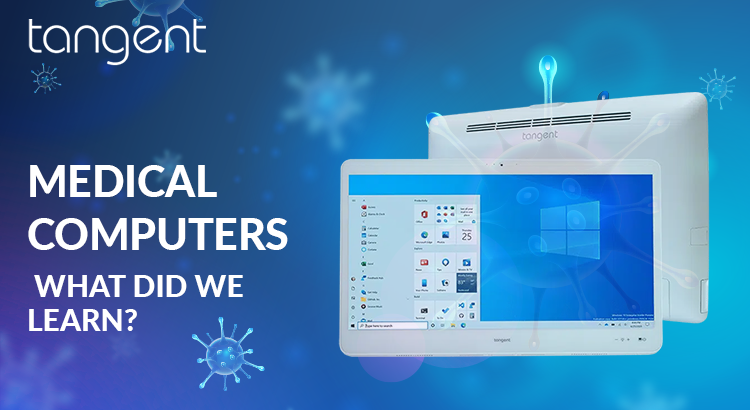Technology has always played a vital role in the medical field. Medical Computers have been used in hospitals and clinics for a long time, but their use has increased exponentially in recent years. With the outbreak of Covid-19, the use of medical computers has grown even more. There is no denying that medical computers have […]
Tag: Medical Computers
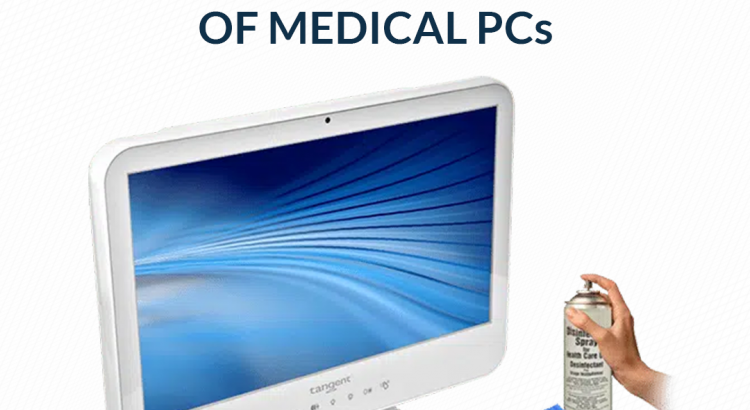
Waterproof Properties of Medical PCs
Computers have become the backbone of the health care industry. They allow medical workers to efficiently process patient cases, control devices that perform CT scans, ultrasounds, MRIs, or blood tests, and help doctors show patients their X-rays to explain their situation. And given the technical demands of the health care environment, purchasing waterproof medical PCs […]
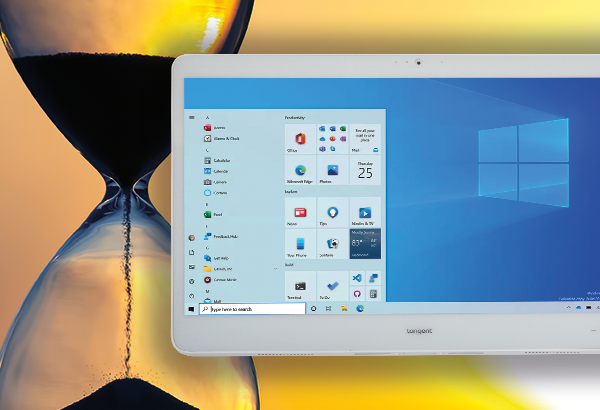
How long do Medical Computers Last?
Medical computers have unique features and specifications compared to consumer grade computers. The lifetime of healthcare-specific medical computers depends on the quality of the manufacturer. Durable components and sound engineering help determine the longevity of units. Like all electronic devices, there are brands and companies that healthcare administrators have come to rely on for performance […]
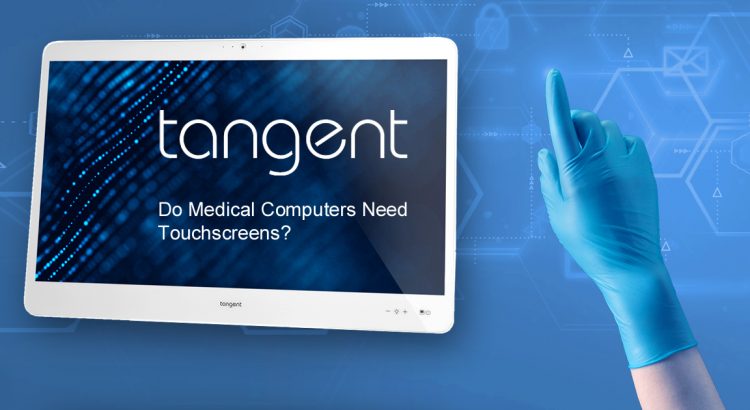
Do Medical Computers Need Touchscreens?
When people refer to their “phone” these days, it’s more than likely they mean their “smartphone.” Smartphones have become ubiquitous in our society, and are becoming increasingly necessary for everyday life. But what caused these smartphones to take over their older cousins? One of the defining features that played a large role is the humble […]
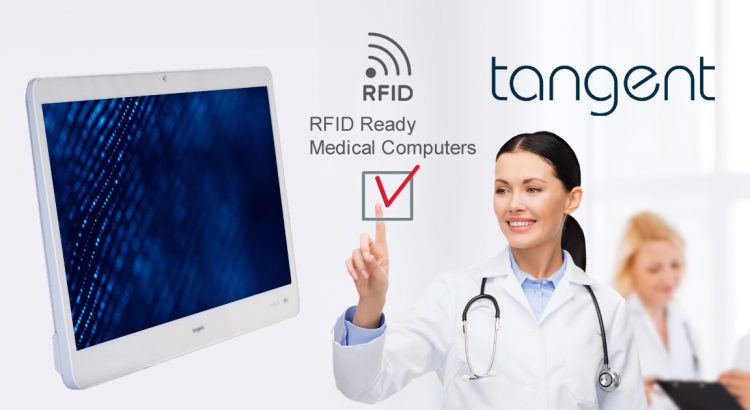
RFID Ready Medical Computers
What Is RFID? RFID stands for Radio-Frequency Identification. The technology standard is made up of RFID tags and readers. These tags have small radio receivers and transmitters inside them. When in contact with a reader, the tag will respond and transmit information it is carrying to the reader. These tags can be used for a […]
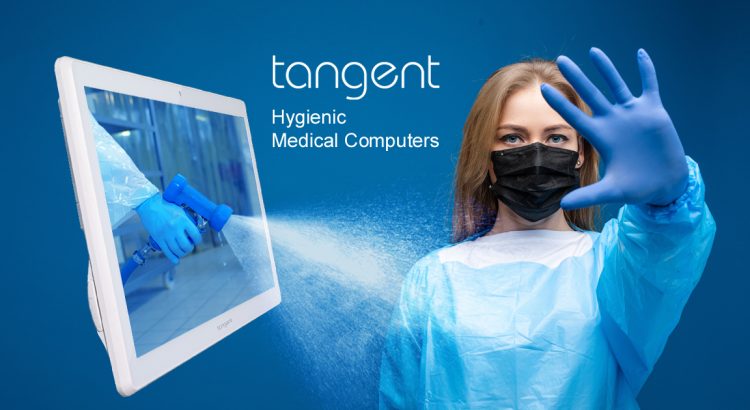
Hygienic Medical Computers
Cleanliness remains a top priority for hospitals everywhere. Since the introduction of handwashing into the medical field, efforts to curb disease spread in the hospital have been largely successful. Still, medical institutions must remain vigilant in their hygienic practices to ensure that the risks to patients are minimized. Hospitals need quality medical computers that help […]
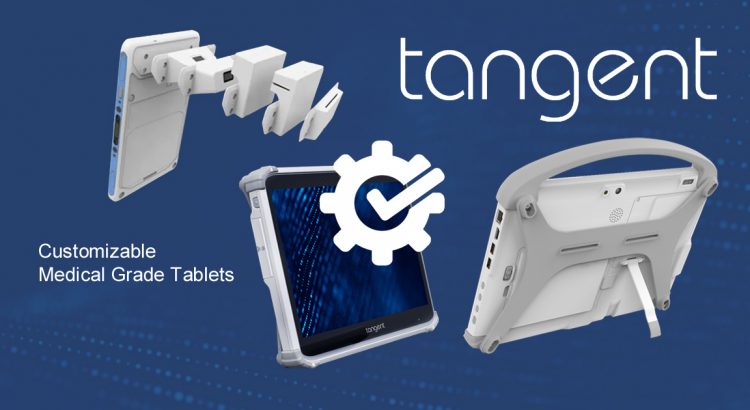
Medical Tablets
EN 60601-1 Certification Among the most important features for medical grade devices is EN 60601-1 Certification. Medical tablets with the certification are shielded from Electromagnetic interference both from receiving and also from producing it. EN 60601-1 is a certification that distinguishes a medical tablet from a consumer grade medical tablet. Medical Tablets with Antimicrobial Surfaces […]
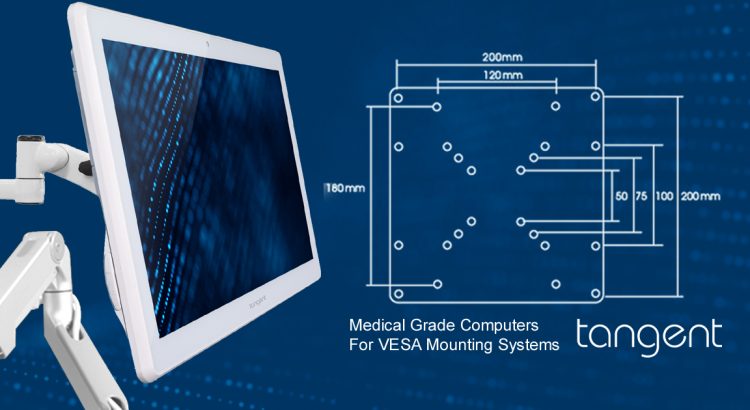
Medical Grade Computers For VESA Mounting Systems
This pandemic has taught hospitals a number of lessons. They have had to be resourceful with PPE, adapt to ever-changing guidelines, and always be ready to accept change. Above all, your hospital has learned to be efficient with its resources. Standardization exists to aid in efficiency. Needles sizes come in certain standards, as do surgeon […]
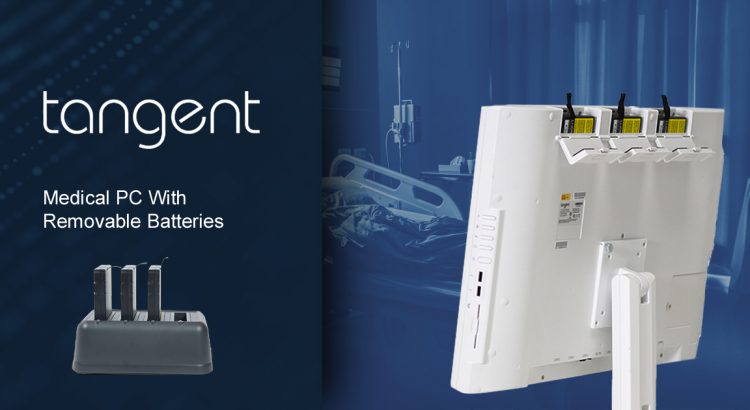
Medical PC With Removable Batteries
Hospitals are dynamic workplaces. As this pandemic has shown, hospital administrators need to be willing to change up their strategies constantly. This may mean bringing on more staff at some times, or completely shifting around a hospital’s layout in others. Many hospitals have had to set up popup clinics in their parking lot during this […]
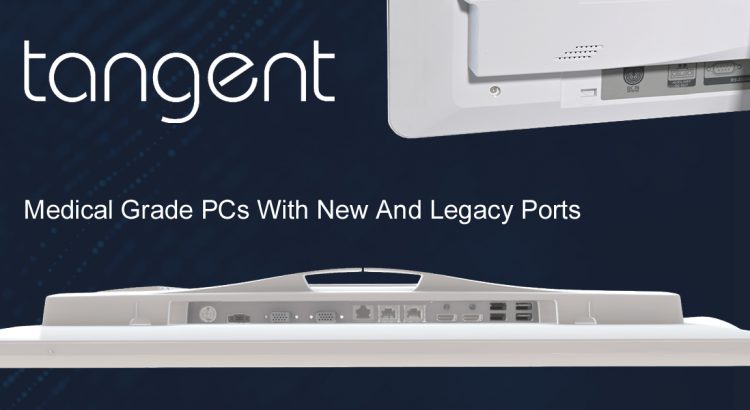
Medical Grade Computers With New And Legacy Ports
The medical grade computers of today look a lot different from their predecessors. They are smaller, faster, and more hygienic than earlier computers. While you have probably noticed most of these changes, there is one subtle area that is easy to forget: input and output ports. Input and output ports, shortened as IO ports, have […]
